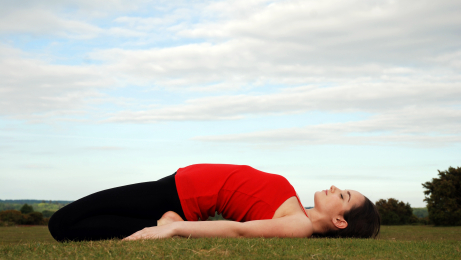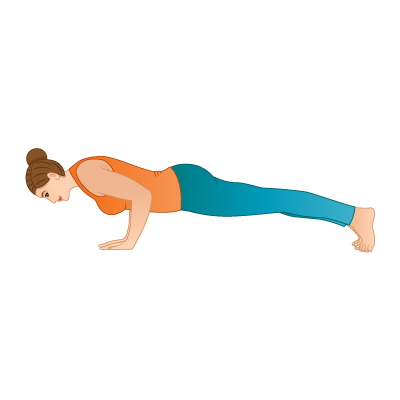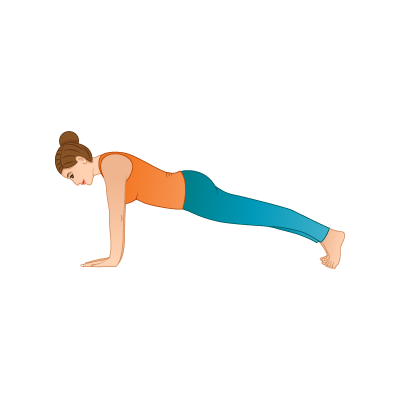Beyond Asana –5 tips on how to incorporate the other limbs of yoga into a class.
May 20, 2016 | 5 min read
The astounding popularity of yoga in America, as reported by the Yoga Alliance and Yoga Journals latest survey (Yoga in America 20160) confirms there are now 37 million people practicing yoga. Of these, the majority will be practicing postural yoga as part of a weekly workout or training during a 60 minute or 90 minute class. There is of course so much more to an effective yoga practice than mastering of poses. The challenge for teachers and trainers of postural classes is how to effectively include all aspects of yoga practice into a 60-90 minute workout.
Below are some tips for including the other limbs of yoga into your classes.
Give a five minute dharma talk on the eight limbs of yoga
21st century people are always interested in new innovations, technologies and ways of living. Patanjali, widely accepted as the founder of modern yoga, first set out his ideas on ‘living a better life’ in the Yoga Sutras (400CE). Patanjali described his system as Ashtanga (Ashta = eight) and (anga=limb). The eight limbs or steps acted as a guide for 1st century people seeking change and transformation. Considering the 21st century penchant for self-improvement and reinvention, most people would be able to strongly relate with this limb. You might set a goal for the practice such as relating our own struggles with those of others or finding the best of ourselves in challenging postures. In this way, the practioner may begin to relate asana practice to life off the mat..
Set monthly or weekly themes based on one of the limbs
Studio or class themes are a popular and accessible way to introduce each of the eight limbs: respect toward others (yamas),self-restraint(niyamas), posture(asana), breath control (pranayama), detaching at will from the senses(pratyhara), concentration(dharana), meditation(dhyana) and contemplation(samadhi). Taking positive action or participation in an event is something everybody can do. The yamas, for example might be introduced with a class goal or theme for the month. You might begin with a short dharma talk on the importance of respecting others. The ideas presented could be reinforced or supported by an event with a guest speaker by a yoga activist and linked to a donation class, raising money for a local charity, foodbank, crisis center.
Offer workshops for a particular limb-based skill
The practice of pranayama, meditation and chanting are all skills that may be difficult for people to learn and master during a one-hour all levels class. Short one or half day workshops, however offer the opportunity for those who would like to deepen their practice to do so. The workshops can be advertised on social media, studio message boards and as part of classes. The best of yoga classes will begin with an intention, chant and brief instruction pranayama, followed by asana practice and ending with meditation or relaxation. Short video demonstrations available on the studio website, tasters at the start or end of class and on-line testimonials from teachers and practioners will support your efforts to introduce these important limbs.
Freebies
Everyone likes free stuff. Free videos, on-line courses, webinars, e-books and podcasts can work to educate your clients and students as well as market your classes to new groups of yogis looking to learn progress in their practice. A class or course in Ayurveda for example, could be linked to teaching of self-discipline and health (the niyamas). In Ayurveda there are three main body types also known as doshas: Vata, Pitta, and Kapha. The dosha quiz (available online) determines your Ayurvedic body type, personality and preferred diet through a series of questions. The dosha quiz is very popular as most people like learning and talking about themselves. To follow-up, you might invite a local Ayurvedia doctor to speak at your studio and explain the fundamentals of traditional Indian medicine.
Showcase the benefits of yoga
Medical science and research has finally caught up with the many benefits offered by a regular yoga practice. These include slight to moderate cases of anxiety, depression and fatigue as well as some mood disorders without medication. Studies have also shown a reduction in cholesterol levels for people who practice yoga with mediation regularly. Pranayama breathing helps to improve blood flow, circulation and the body’s metabolic rate. Studies have also shown that yoga also reduces stress hormones and helps with weight loss, reducing cravings and insulin activity in the body. It’s important to remind your clients of all the health benefits they gain from their yoga. You might do this by providing literature and web content documenting the results of studies, or highlight the particular effects of the peak pose at the start, during or end of the class. Follow these suggestions up with a once a month donation-based mediation or yoga nidra class. As your class gains popularity, it could become part of the regular schedule.
Of course the above points are only suggested how-tos for introducing yoga philosophy and practices into the postural class. There are as many ways to teach yoga as there are yoga teachers! Your own approach should consider your own special skills and the needs and practices of your students and clients. Many teachers incorporate readings from the Yoga Sutra into their classes, weaving ideas into the narrative and sequence of poses. Other studios include wall-sized quotes from famous yogis such as Sri K. Pattabhi Jois, Thich Nhat Hanh, B.K.S Iyengar and of course the Yoga Sutra itself.
When harassed by doubt, cultivate the opposite mental attitude. Patanjali’s Yoga Sutras, 11.29 – 11.33
Posted in Methodology, Teacher Training, Teaching Tips




